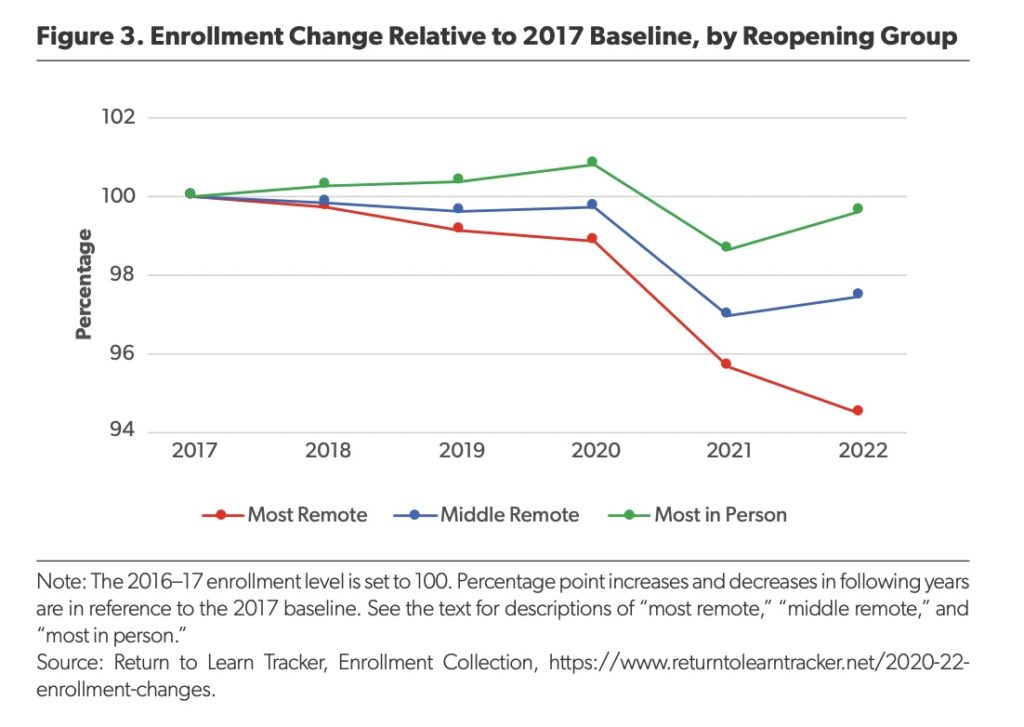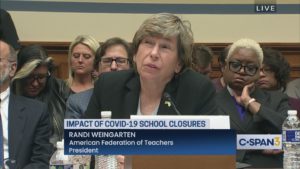Public school enrollment plunge was especially deep among younger students, report finds
Enrollment in America’s public schools plummeted during the pandemic particularly in lower grades, according to a new report.
The American Enterprise Institute report examines how COVID-related…

Enrollment in America’s public schools plummeted during the pandemic particularly in lower grades, according to a new report.
The American Enterprise Institute report examines how COVID-related policies affected enrollment loss in over 8,200 public school districts, and builds on similar reports of enrollment decline during the period.
Here are three key findings from the report:
1. Younger grades saw the most enrollment loss.
K-5 enrollment was significantly impacted by pandemic policies. After elementary enrollment declined steadily from 2016-2020, the pandemic rapidly accelerated the enrollment loss. The report found a staggering drop of 14% in kindergarten enrollment in 2021, for example. Grades 1-5 also were down 8%.
Middle and high school declines were not quite as steep, especially where in-person instruction was offered sooner or longer during the pandemic.
2. Schools with more remote instruction saw the largest enrollment loss.
The report divided school districts into three categories: “most remote,” “middle remote” and “most in person.”
The largest enrollment loss was in schools classified as “most remote.” These schools were down around 5% since 2017, with most of the losses coming during the pandemic (2020-22), according to the report. During
the same period, hybrid (or middle remote) and in-person public schools saw only a 3% and 1% decline in enrollment, respectively.

3. Public schools with more in-person instruction are bouncing back more quickly.
Many hybrid and in-person schools saw enrollment increases during the 2021-22 school year while schools that continued remote instruction continued to decline. The report says mostly remote districts “lost over 500,000 more students than they might have” if they offered more in-person instruction.
An op-ed released by AEI with the report explains the losses were due in large part to dissatisfied parents seeking alternative educational options for their children.
“To be clear, our findings do not support assertions that a majority of families are dissatisfied with their local schools,” the authors say. “They do, however, suggest that a subset were dissatisfied enough to find alternative placements because of district actions. A larger portion were likely equally dissatisfied but unable to find alternatives that they could afford.
“At a more basic level, our results confirm that large numbers of parents are willing to vote with their feet when their fundamental preferences are not met.”



